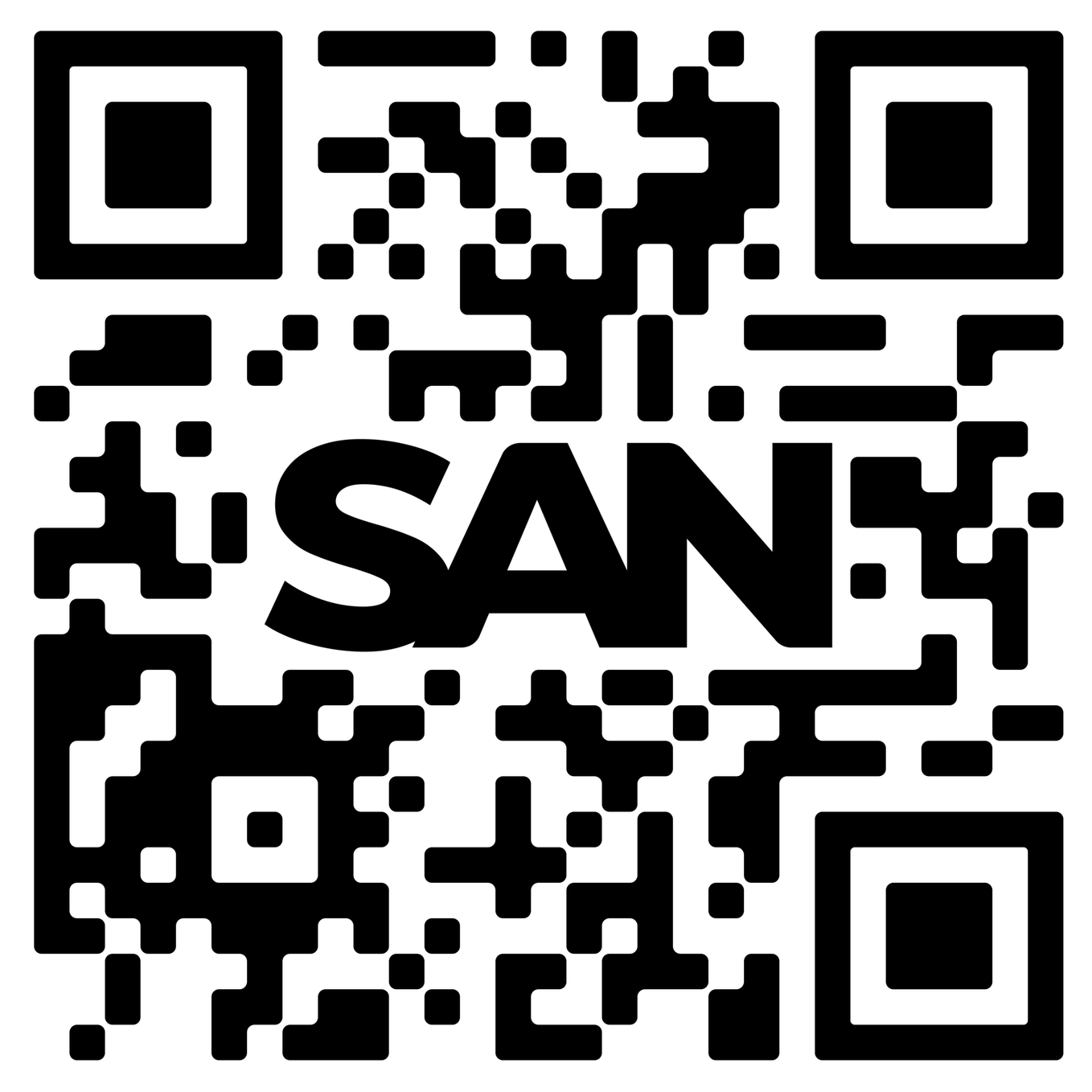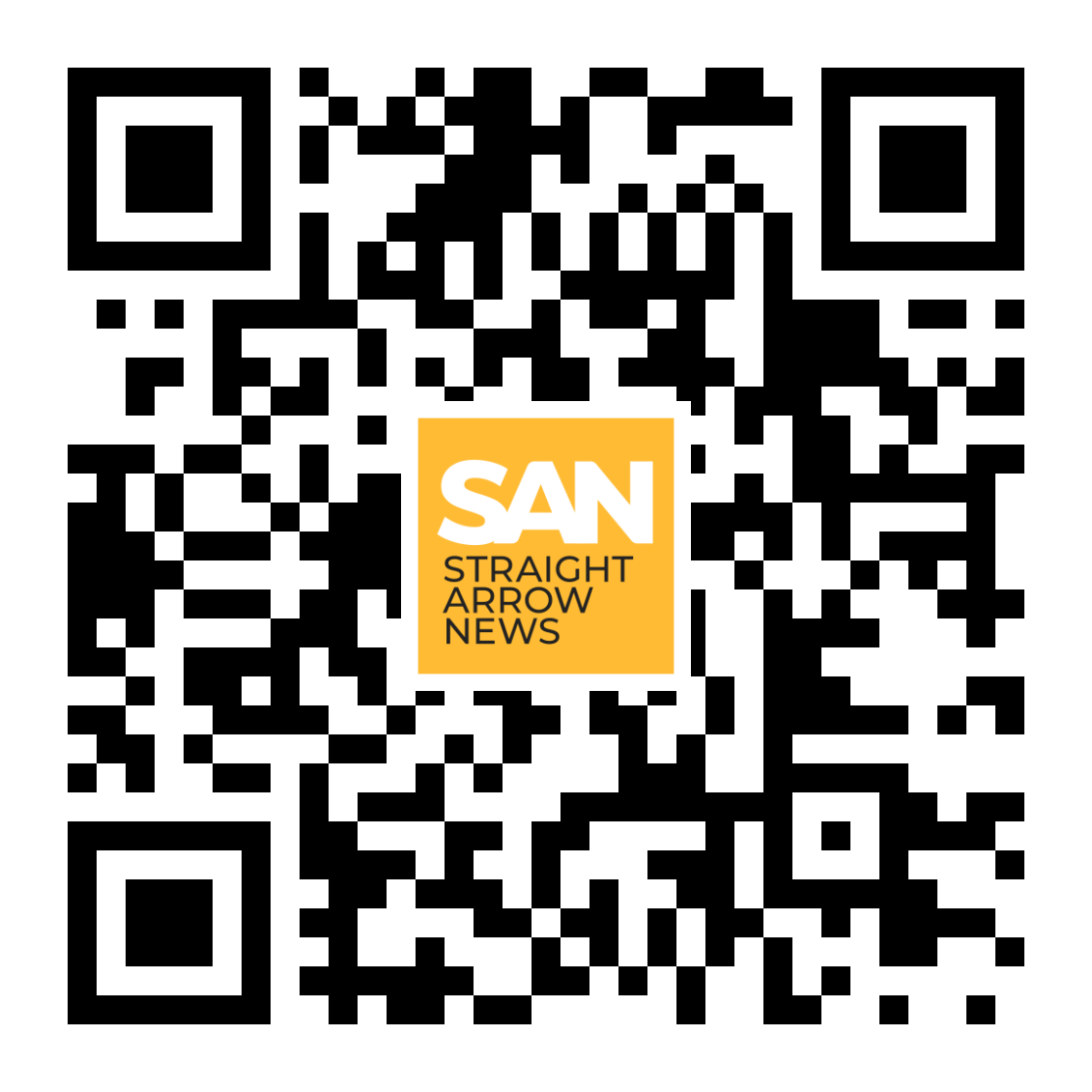- Chapters
- descriptions off, selected
- captions settings, opens captions settings dialog
- captions off, selected
This is a modal window.
Beginning of dialog window. Escape will cancel and close the window.
End of dialog window.
This is a modal window. This modal can be closed by pressing the Escape key or activating the close button.
This is a modal window. This modal can be closed by pressing the Escape key or activating the close button.
These tariff loopholes may not work after Trump’s ‘Liberation Day’
By Simone Del Rosario (Business Correspondent), Brent Jabbour (Senior Producer), Donald Afari (Video Editor), Ali Caldwell (Motion Graphic Designer)
- President Trump’s “Liberation Day” will introduce new tariffs starting on April 2. The tariffs may force companies to rethink supply chain strategies to minimize penalties.
- Offshoring, onshoring, nearshoring and friendshoring are methods to manage production and trade, each with unique benefits and challenges.
- While this strategy worked during Trump’s first term, nearshoring and friendshoring may face complications due to more unpredictable U.S. tariff policies and strained relationships with trade partners.
Full Story
President Donald Trump’s “Liberation Day,” when he will roll out a new wave of tariffs, will have companies scrambling to adjust their strategies to limit penalties. To better understand the struggle, here’s how firms maneuver delicate trade-related supply chains.
Media Landscape
See how news outlets across the political spectrum are covering this story. Learn moreBias Summary
- Wall Street is experiencing early losses as President Donald Trump prepares to unveil his "Liberation Day" tariffs on U.S. trade partners on Wednesday, April 2.
- Gold reached over $3,170 per ounce, indicating investor concern over market stability amid tariff threats from Trump.
- European Commission President Ursula von der Leyen stated that Europe would not yield to U.S. trade demands and is prepared for countermeasures.
- In recent trading, major European markets gained, with Germany's DAX rising 0.8%, as Asian markets also showed positive trends, with South Korea's Kospi gaining 1.6%.
- On Tuesday, Wall Street anticipated losses as futures for the S&P 500 fell 0.5%, the Dow Jones Industrial Average lost 0.6%, and Nasdaq futures also headed lower.
- The market instability stemmed from President Trump's planned rollout of tariffs, referred to as "Liberation Day" tariffs, on U.S. trade partners scheduled for Wednesday.
- Amid tariff uncertainty, gold rose to over $3,170.00 per ounce before falling back slightly, hitting all-time highs as investors sought safe haven assets, while little is known about the specifics of the tariffs.
- European Commission President Ursula von der Leyen stated the EU would not cower to U.S. trade demands, and that all instruments are on the table, as Japanese Prime Minister Shigeru Ishiba implored Trump to not impose higher auto tariffs.
- No summary available because of a lack of coverage.
Bias Comparison
Bias Distribution
Left
Right
Untracked Bias
During Trump’s first term in the White House, companies took steps to protect themselves from the costs associated with tariffs. But those methods may need to be adjusted to account for the administration’s latest tariff campaign.

Download the SAN app today to stay up-to-date with Unbiased. Straight Facts™.
Point phone camera here
What is offshoring?
Offshoring is the practice President Trump is trying to reverse. Offshoring is when a company moves some of its production or services overseas but still owns the means of that production. The most basic example is an American company establishing its own factory in China to make its product. This can expand beyond production to customer service as well.
Offshoring is often confused with outsourcing, but there are some distinct differences in the two practices. Outsourcing is when a firm contracts out production to a third party in another country.
An example of outsourcing is Nvidia using Taiwan Semiconductor Manufacturing Company (TSMC) to manufacture chips for its graphics processing units, or Apple using Foxconn to assemble iPhones. Both TSMC and Foxconn have a list of clients outside of Nvidia and Apple, respectively.
What is onshoring?
Onshoring, or reshoring, is moving production back home, in this case, to the United States. It can create high-paying American jobs and reduce dependence on trading partners like China. However, higher American wages create expenses for companies, and those costs are often passed to consumers.
A number of tech companies promised to bring some production back to the U.S. as part of the CHIPS and Science Act passed during the Biden administration.
What is nearshoring and friendshoring?
Nearshoring is when a company moves manufacturing and supply chains to countries close to home, while friendshoring is when the supply chain is routed through countries allied with the U.S., especially ones that have preferable trade agreements. Technically, it’s still offshoring, but it reduces dependency on economic adversaries like China, avoids the high costs of American manufacturing and skirts trade-related levies.
Nearshoring often sees manufacturing moved to countries like Mexico, Vietnam and Malaysia. But it can cause its own set of issues. Vietnam accused Chinese companies of using fake “Made in Vietnam” labels to avoid tariffs during Trump’s first term.
Why nearshoring or friendshoring may backfire this time
“Liberation Day” could throw a wrench in any plans to nearshore or friendshore. As Trump rolls out his tariff policies, which countries might remain viable friendshoring partners is unclear.
He has promised levies across the globe and even next door, frequently targeting Mexico and Canada.
When the tables turn on American companies
Friendshoring isn’t solely for American companies attempting to avoid tariffs imposed by the U.S. In 2018, after the EU placed 25% retaliatory tariffs on Harley-Davidson motorcycles coming into the bloc, the company moved some of its production from the U.S. to Thailand to reduce the impact of those levies. Still, the company ate $166 million due to the trade dispute.
Get up to speed on the stories leading the day every weekday morning. Sign up for the newsletter today!
Learn more about our emails. Unsubscribe anytime.
By entering your email, you agree to the Terms & Conditions and acknowledge the Privacy Policy.
At the time, Trump was critical of the move by the motorcycle company.
“Surprised that Harley-Davidson, of all companies, would be the first to wave the White Flag,” the president wrote in a post to Twitter, now X, at the time. “I fought hard for them and ultimately they will not pay tariffs selling into the E.U., which has hurt us badly on trade.”
Foreign firms can also use nearshoring to their advantage. After the U.S. put import controls on Chinese technology, some companies shifted production out of the country to still have access to its important American customer base.
[Donald Trump]
We have Liberation Day.
[Simone Del Rosario]
President Donald Trump declared a “holiday” to celebrate one of his favorite words.
[Donald Trump]
I always say Tariffs is the most beautiful word to me in the dictionary.,
[Simone Del Rosario]
But for many companies, it’s less of a celebration and more of a scramble to figure out how to avoid the duties.
It reminds me of an old Dr. Seuss rhyme. “A tariff! A tariff! Oh, what a fright! It’s causing big business to stay up all night. They once had a plan, they once knew the way, but now they must change how they work and they pay.”
There’s onshoring, and nearshoring, and offshoring oh my! But now I’m just mixing references, so I’ll get back to what I do best, the facts.
This isn’t the business world’s first round of “Tariffs by President Trump.” But a new and far more exhaustive round calls for new methods.
And there are three major categories to go over: onshoring, nearshoring (or friendshoring) and offshoring.
Let’s actually start with offshoring. After all, it’s a practice the president is trying to stop.
Offshoring involves moving some of the company’s processes or services overseas. Generally, it’s used to take advantage of less expensive labor.
The most simple example is a company establishing its own factory in China to produce its product. This can expand beyond simple production.
Here’s a made-up example. Triple-A Widgets is an American company selling widgets to U.S. customers. To keep prices down and maximize profits, it builds five factories in China. When done, they ship the product to the U.S. and the rest of the world to sell it.
Offshoring shouldn’t be confused with outsourcing, which is shipping off operations to a third party.
In a real world example, that’s like TSMC producing chips for Nvidia or FoxConn assembling iPhones for Apple. Those manufacturers still have relationships with other companies.
So that’s out of the way. Obviously, for the Trump administration, onshoring or reshoring would be the preferred practice.
That means moving production to the U.S., creating high-paying jobs and reducing dependence on the likes of China. But setting things up in the U.S. can be expensive, for American companies and American consumers.
When Trump’s first-term tariffs took effect, most of which targeted China, companies came up with a third option.
This is where nearshoring or “friendshoring” comes in. But unlike Trump’s first term, it might not work so well this time.
The philosophy behind friendshoring is moving manufacturing and supply chains to countries allied with the U.S. Bonus points to countries that have preferable trade agreements with America.
Technically, it’s still offshoring, but different.
So, let’s give Triple-A Widgets another shot. If the China tariffs are bringing it down, it may friendshore by moving production to destinations like Mexico, Vietnam and Malaysia.
It reduces dependency on China, avoids the high costs of American manufacturing, and skirts trade-related levies.
Of course, this can open up a whole other can of worms … Remember when Vietnam accused Chinese companies of using fake “Made in Vietnam” labels to avoid Trump’s first-term tariffs?
Liberation Day could throw a wrench in any plans to nearshore or friendshore. It’s not clear with whom the U.S. will remain friends. Trump has promised levies across the globe and even next door.
Like all trade philosophy, the tables can turn.
Take Harley-Davidson, once fully “made in America.” In response to Trump’s first-term tariffs on metals in 2018, the EU put 25% retaliatory tariffs on hogs coming into the bloc.
Harley-Davidson responded by offshoring some of its production from the U.S. to Thailand to reduce tariff costs. Still, the company ate $166 million due to the trade dispute.
At the time, Trump called out Harley for “being the first to wave the White Flag.”
This time, Harley is calling for the U.S. to hit back if the EU again targets its bikes.
For more on that, search “Harley-Davidson” for this story at SAN.com or the SAN app. For SAN, I’m SDR.
Media Landscape
See how news outlets across the political spectrum are covering this story. Learn moreBias Summary
- Wall Street is experiencing early losses as President Donald Trump prepares to unveil his "Liberation Day" tariffs on U.S. trade partners on Wednesday, April 2.
- Gold reached over $3,170 per ounce, indicating investor concern over market stability amid tariff threats from Trump.
- European Commission President Ursula von der Leyen stated that Europe would not yield to U.S. trade demands and is prepared for countermeasures.
- In recent trading, major European markets gained, with Germany's DAX rising 0.8%, as Asian markets also showed positive trends, with South Korea's Kospi gaining 1.6%.
- On Tuesday, Wall Street anticipated losses as futures for the S&P 500 fell 0.5%, the Dow Jones Industrial Average lost 0.6%, and Nasdaq futures also headed lower.
- The market instability stemmed from President Trump's planned rollout of tariffs, referred to as "Liberation Day" tariffs, on U.S. trade partners scheduled for Wednesday.
- Amid tariff uncertainty, gold rose to over $3,170.00 per ounce before falling back slightly, hitting all-time highs as investors sought safe haven assets, while little is known about the specifics of the tariffs.
- European Commission President Ursula von der Leyen stated the EU would not cower to U.S. trade demands, and that all instruments are on the table, as Japanese Prime Minister Shigeru Ishiba implored Trump to not impose higher auto tariffs.
- No summary available because of a lack of coverage.
Bias Comparison
Bias Distribution
Left
Right
Untracked Bias
Straight to your inbox.
By entering your email, you agree to the Terms & Conditions and acknowledge the Privacy Policy.
MOST POPULAR
-
 Reuters
Reuters
Judge weighs contempt hearings, says deportation flights defy injunction
Watch 0:587 hrs ago -
 Seth Wenig via AP
Seth Wenig via AP
Trump reaffirms support for tariffs despite stock market losses
Watch 8:579 hrs ago -
 Melina Mara/The Washington Post via Getty Images
Melina Mara/The Washington Post via Getty Images
Bag thief sues California city after police use Apple AirTag to find him
Read15 hrs ago -
 ZUMA Press Wire via Reuters Connect
ZUMA Press Wire via Reuters Connect
Study finds California’s high gas prices driven by state policies
Watch 1:4121 hrs ago




